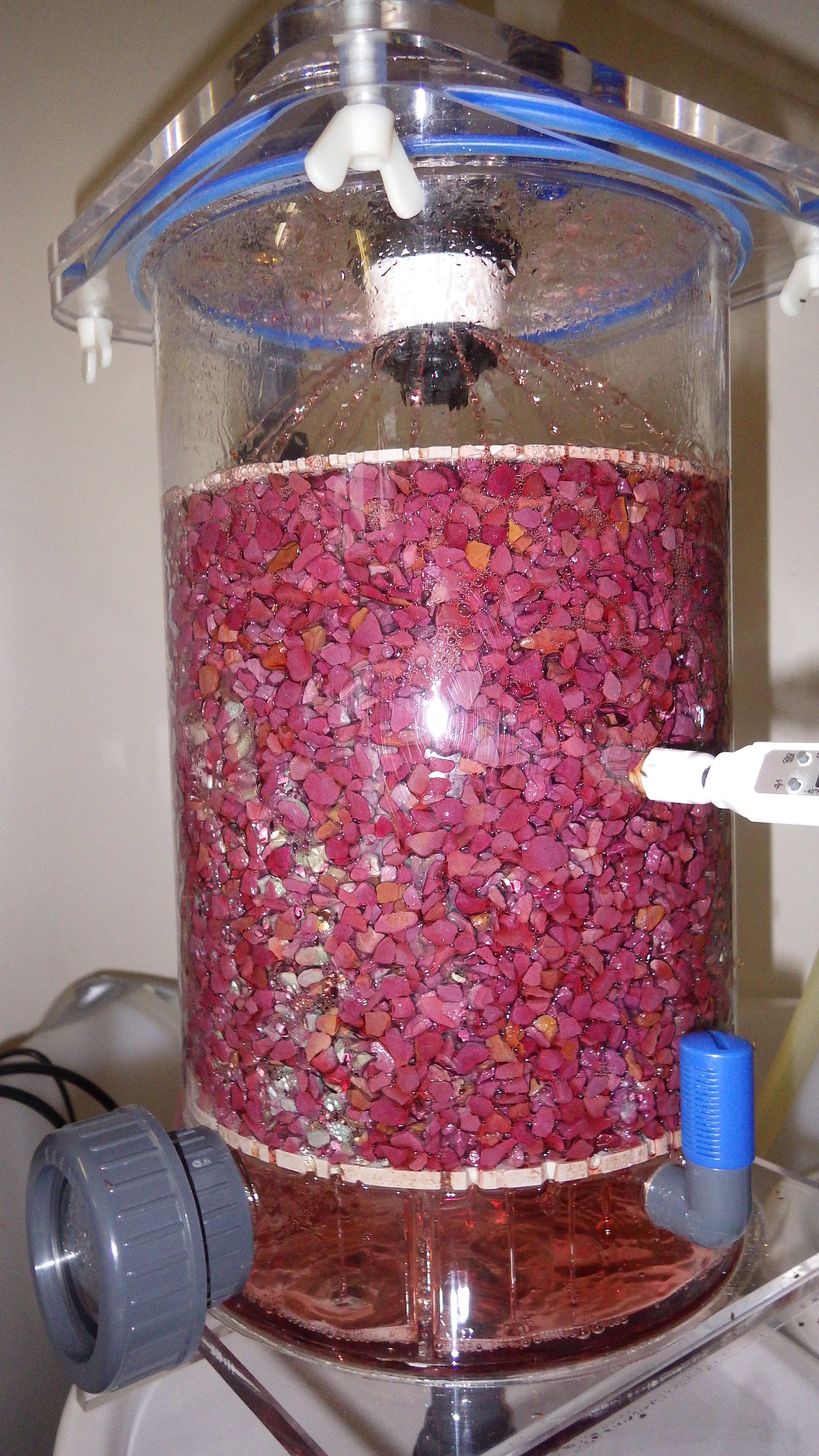How to Make Wine Vinegar
Wine vinegar is one of the most widely used vinegars, but how to make wine vinegar by yourself? Which raw materials are needed and what equipment is required for wine vinegar fermentation?
The Raw Materials
You can use one of the following materials to make your own wine vinegar:
- Fresh grapes
- Grape juice
- Wine
- Pomace
- Brandy
If you use fresh, aromatic and fully ripe fruit, you will produce the most tasteful vinegar. Grape juice and wine already have less aroma. And with wine vinegar made from marc and brandy, the grape aroma is hardly noticeable in the vinegar.
The Fermentation Into Wine Vinegar
How to make wine vinegar and what are the vinegar production methods? Before the vinegar fermentation can be carried out, alcohol must be produced in the liquid or an alcoholic raw material must have been used. Depending on this, there are the following production methods:
- Use of fresh grapes or grape juice: Here no alcohol is yet present, so the alcoholic fermentation must be carried out first. First the grapes are crushed and made into pulp. Take care to break as few grape seeds as possible. Now the fruit pulp – and if you only use juice according to the grape juice – is fermented with yeast, liquefier etc. You will find details on this on our homepage about distilling spirits.
- Vinegar from wine: In this case there is already alcohol in the liquid. Depending on the alcohol content, the liquid has to be diluted a little bit. For the start of the vinegar fermentation an optimal acid and alcohol content is adjusted. Then the vinegar nut or starter liquid is added. If you use wine, it must be absolutely unsulphurised, otherwise there will be no acetic fermentation. If your wine is sulphurized, the sulphur must be expelled with peroxide. Details can be found in our vinegar production books.
- Brandy as a raw material: also with this method alcohol is already present and the procedure is the same as in the previous point.
- In the case of grape marc, the solid residue is first slurried with water, or better with wine or grape juice, and then fermented to alcohol as with grapes or grape juice. Then you carry out the acetic fermentation.
To carry out the vinegar fermentation, there are two procedures available for you to use within your leisure time or for hobby purposes:
- Surface procedure: you put the liquid to be fermented into a container with the largest possible surface and leave everything covered for several weeks.
- Generator process: here you need vinegar making equipment and work with a vinegar plant, the quality of the vinegar is much better compared to the surface procedure.

Wine Vinegar – Classes and Vinegar Generator
Naturally we will also discuss making wine vinegar as part of our “how to make vinegar”- classes and courses.
Do you need vinegar making equipment? Then the Schmickl vinegar generator is suitable for this. Analyze the acetic acid concentration with the Acetic acid analysis kit, and the alcohol content with the Alcohol Content Determination Kit.
In our free Newsletter we regularly inform you about new features, recipes, and further developments.